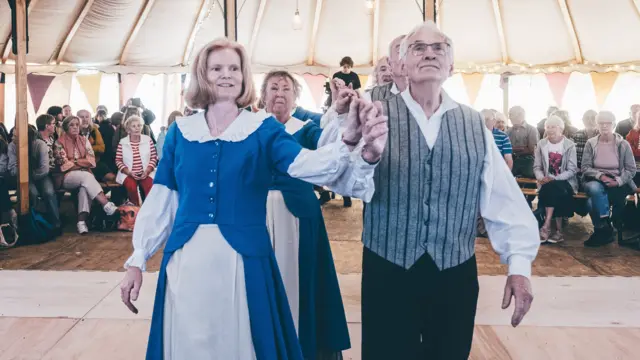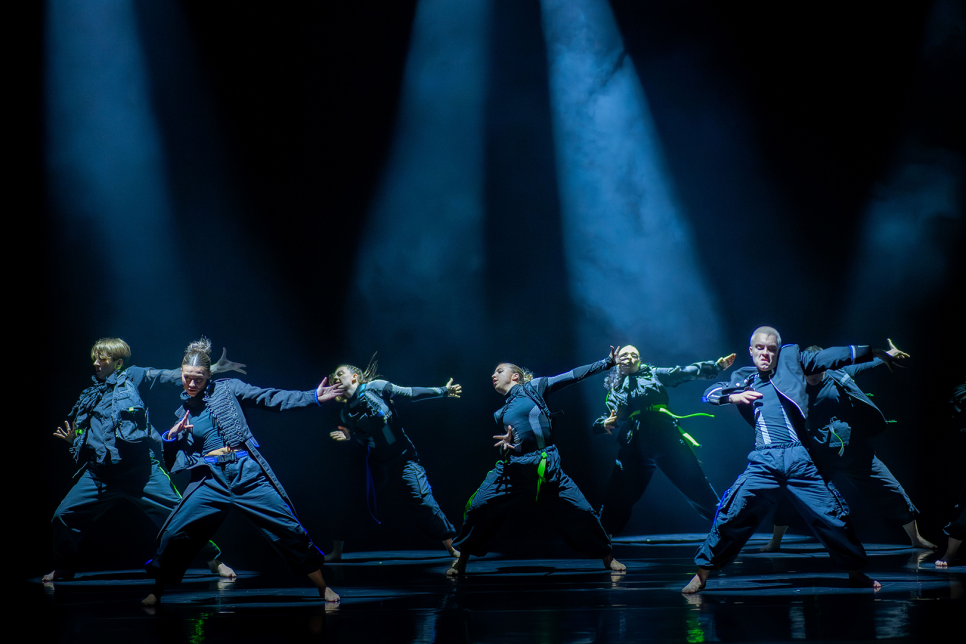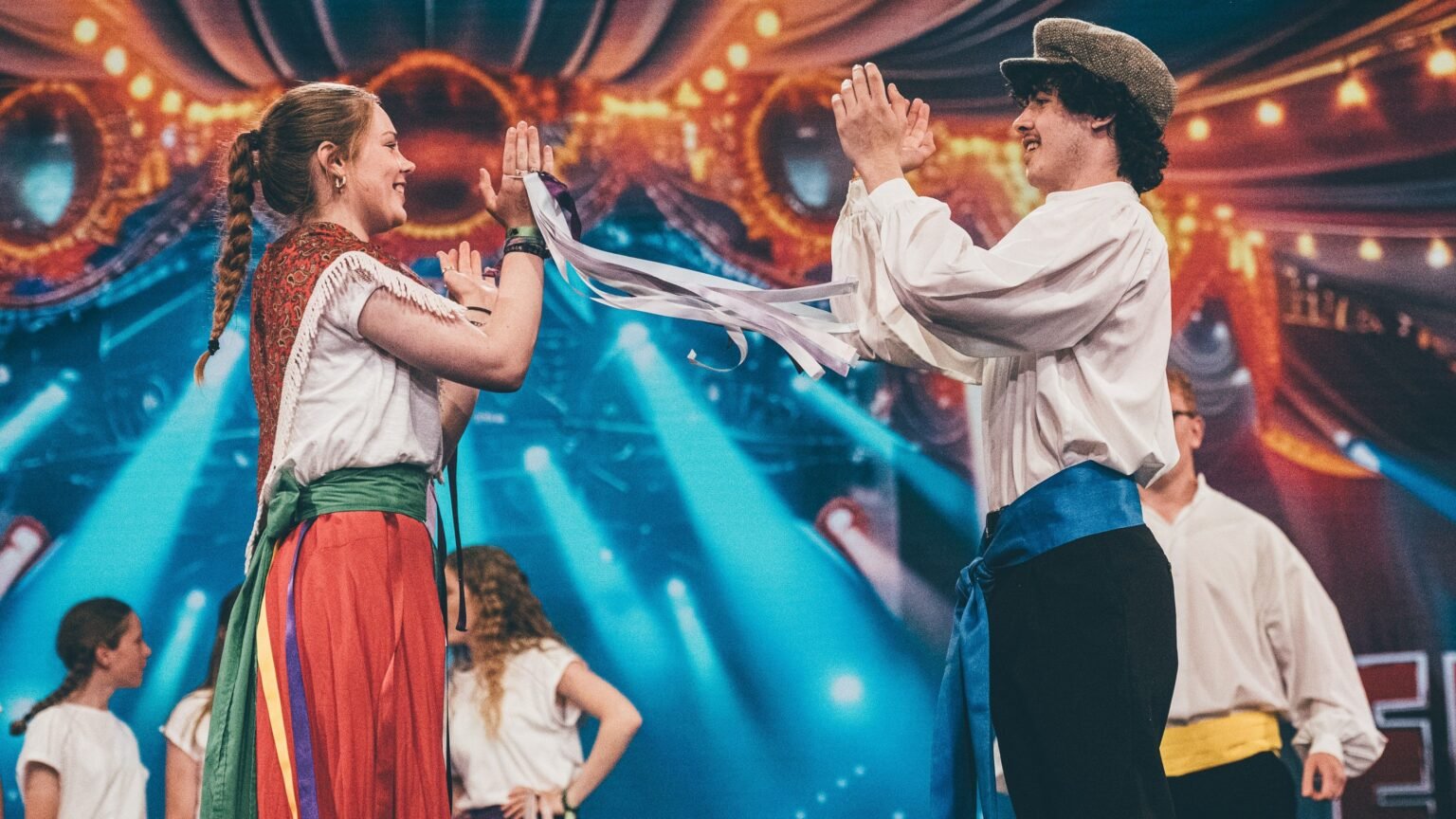Dance in Wales Branded Elitist: Report Sparks Call for Urgent Reform
Dance in Wales branded elitist—that’s the conclusion of a new independent report that scrutinises the nation’s dance sector. The review, led by consultant Karen Pimbley and commissioned by the Arts Council of Wales, highlights poor funding, limited cultural diversity, and weak links with education and communities.

The report is part of a wider investigation into traditional arts in Wales, following recent reviews of folk singing. It identifies major gaps in funding, planning, and representation. The document outlines 11 key recommendations to help revitalise dance in the region.
Barriers to Access in Dance in Wales: Funding Gaps and Cultural Exclusion
The findings paint a concerning picture of dance in Wales. Contributors expressed that dance is often seen as elitist and inaccessible, especially for those from rural and working-class communities. Traditional forms, such as clog dancing and Welsh folk dancing, are at risk of disappearing without urgent support. These styles are frequently dismissed as outdated, despite their cultural and historical significance.
The review emphasizes the lack of proper infrastructure to support diverse forms of dance. It also points out that dance training is often limited to those who can afford private lessons, deepening inequality. Several educators and performers warned that without investment, Wales risks losing a crucial element of its cultural heritage.
Reviving Dance in Wales: Key Recommendations for Equity and Inclusion
To address the issues, the report proposes:
- Appointing a dedicated dance specialist within the Arts Council of Wales.
- Introducing bursaries to help young talent access Centres for Advanced Training (CAT).
- Creating an independent oversight panel for national strategy implementation.
- Developing community hubs across Wales to encourage grassroots participation.
- Embedding the Welsh language and cultural themes in dance education and performance.
The report also praises Project Eight, a two-year plan aimed at preserving and promoting traditional dance, citing it as a strong example of best practice.
Folk Dance in Wales at Risk: A Cultural Heritage Wake-Up Call
One of the most striking insights comes from the Welsh Folk Dance Society, whose members fear that people are forgetting traditional forms of dance. Without intervention, folk dancing could become a relic of the past, rather than an evolving art form that reflects Welsh identity.

However, the report is not without hope. It describes traditional dance as having “untapped potential” in educational settings, especially for teaching the Welsh language. It argues that integrating dance more deeply into schools could transform it into a vibrant, modern expression of national pride.
Arts Council of Wales Responds to ‘Dance in Wales Branded Elitist’ Report with Bold Action Plan
In response, the Arts Council of Wales has launched a comprehensive action plan with an initial investment of £350,000 for the 2025-2026 period. The initiative includes the appointment of two dance specialists, Emily Bamkole and Julia Sangani, who will work on expanding training programs, improving access, and ensuring a broader cultural representation within dance projects.
Chief Executive Dafydd Rhys praised the dance community for its resilience in the face of longstanding structural challenges. He reaffirmed the Arts Council’s commitment to rebuilding the sector through sustainable and inclusive policies.
Welsh Government Endorses ‘Dance in Wales Branded Elitist’ Reform with Increased Arts Funding
The Welsh government has echoed the urgency outlined in the report. Officials confirmed a 9.2% increase in funding for the Arts Council this year and emphasized the need to safeguard the nation’s intangible cultural heritage through proactive arts policy.

With both the government and the Arts Council now aligned in their mission, there’s cautious optimism that dance in Wales can become more inclusive, community-rooted, and culturally resonant.
Looking Ahead: Reimagining the Future of Dance in Wales
Karen Pimbley concluded the report by stressing the need to “reimagine, rebuild, and reinvest” in the dance sector. As Wales confronts its cultural future, this report could mark the turning point in transforming dance into a more equitable, representative, and celebrated art form.
For dance in Wales to thrive, it must shed its elitist perception, open doors for diverse voices, and be rooted in community—not just in performance halls but in schools, town centres, and village halls.




